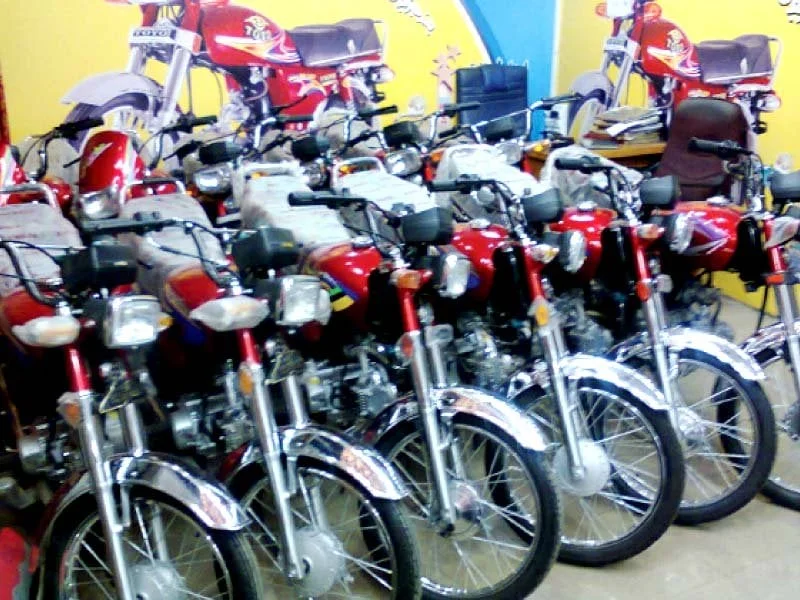Islamabad, 19 Apr, 2025: Pakistan’s Motorcycle Boom is transforming the face of urban and rural mobility across the country.
With a significant shift in consumer preferences, the two-wheeler has become the most popular choice for affordable, efficient, and accessible transport.
According to data from Gallup Pakistan and the Pakistan Automotive Manufacturers Association, the number of motorcycles in the country has soared, reaching approximately 20.4 million units.
Compared to just 2.6 million cars, the motorcycle-to-car ratio has widened significantly, currently standing at 27 bikes per car a reflection of both market demand and economic realities.
READ MORE:
Electric Vehicles Charging Tariff Fixed at Rs 23.57 Per Unit
Pakistan’s Motorcycle Boom continues to surge as citizens face rising fuel prices, inflation, and limited car availability.
These factors have pushed many toward motorcycles as a viable alternative. Motorbikes consume less fuel, require minimal maintenance, and are easier to park and navigate, especially in crowded cities like Lahore, Karachi, and Islamabad.
Their importance is even more pronounced in K-P’s rural areas, where bikes often serve as the only means to reach schools, clinics, and marketplaces.
Historically, motorcycle ownership was rare only one in ten households had one. By 2019, that figure skyrocketed to one in two.
Brands like Honda, Yamaha, and United dominate the market, outpacing cars from manufacturers such as Suzuki and Toyota.
These shifts underline deep socioeconomic trends rising population density, poor urban planning, and the need for cost-effective transport options.
However, the rapid increase in motorcycles has strained urban infrastructure, which is still largely car-centric.
Roads, signals, and parking are not built for high volumes of two-wheelers, resulting in congestion, accidents, and unsafe travel conditions.
Flour Rates Drop in household budgets, but fuel and maintenance costs for daily commuting still challenge low-income families.
Infrastructure upgrades, such as dedicated lanes, safer intersections, and parking zones for bikes, are urgently needed to address these gaps.
READ MORE:
Which Cars are Pakistanis Buying in 2025?
Policy interventions must also consider long-term sustainability. Promoting eco-friendly electric motorcycles, offering tax incentives, subsidizing e-bike purchases, and setting up charging stations are critical steps.
Helmet laws, safety training, and stricter traffic regulations can reduce accidents and protect lives.
In essence, motorcycles are no longer a luxury or secondary mode of transport they are the backbone of everyday life for millions.
With the right planning, Pakistan can turn this transport revolution into a model of sustainable, inclusive, and safe mobility for all.
